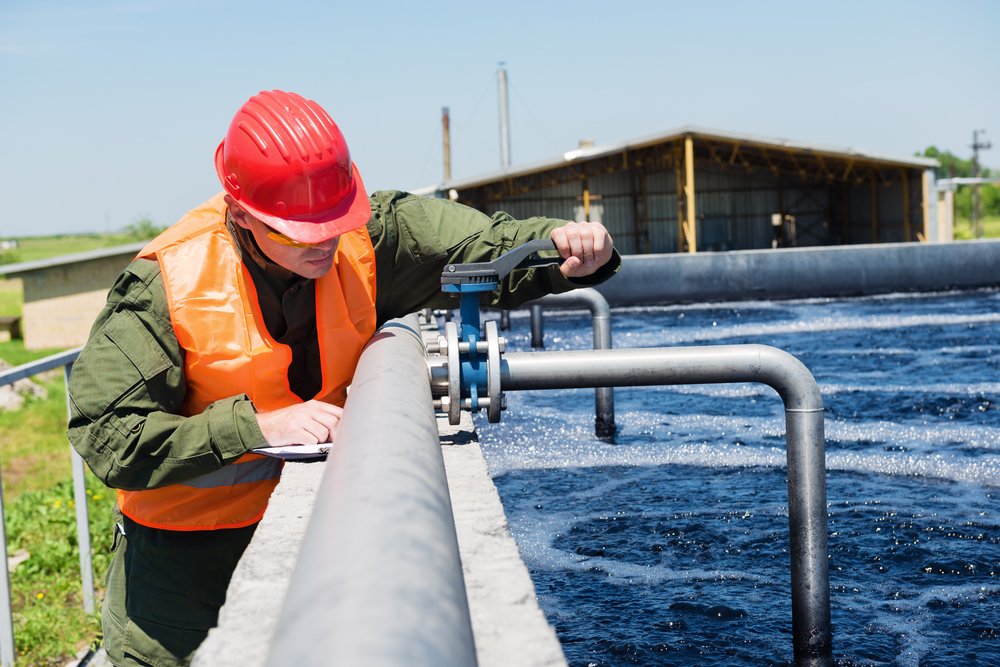Water Treatment Plan

A water treatment plant is a facility that processes raw water from various sources such as rivers, lakes, or groundwater, to make it suitable for human consumption, industrial use, or environmental purposes. The primary objective of a water treatment plant is to remove contaminants and impurities from the water, ensuring that it meets certain quality standards before distribution.
Some advanced water treatment plants may also include additional processes such as membrane filtration (like reverse osmosis or ultrafiltration) for removing specific contaminants, advanced oxidation processes, or additional disinfection steps for enhanced water quality.
Water treatment plants play a crucial role in ensuring public health by providing clean and safe drinking water, as well as supporting various industrial and agricultural activities while minimizing environmental impact.
Here are the typical processes involved in a water treatment plant:
- Screening: Large objects like debris, sticks, and leaves are removed from the water to prevent damage to downstream equipment.
- Coagulation and Flocculation: Chemicals are added to the water to create tiny sticky particles called floc. These flocs attract and bind with dirt, bacteria, and other impurities in the water, forming larger particles that can be easily removed.
- Sedimentation: The water is left undisturbed in large tanks, allowing the heavier particles (including the flocs) to settle at the bottom, forming sludge. This process further removes impurities from the water.
- Filtration: The water passes through layers of sand, gravel, and charcoal to remove remaining fine particles, as well as bacteria, viruses, and other microorganisms.
- Disinfection: Chemical disinfectants like chlorine, chloramine, or ozone are added to the water to kill or deactivate any remaining pathogens, making the water safe for consumption.
- pH Adjustment: The pH level of the water is adjusted to meet regulatory standards and to prevent corrosion of distribution pipes.
- Storage and Distribution: The treated water is stored in reservoirs or tanks before being distributed through a network of pipes to homes, businesses, and other consumers.
